Before choosing to hire a bed bug extermination service, conduct some preliminary research. Ask the company about its methods, equipment and policies for eliminating bed bugs.
Self-eliminating bed bugs is feasible, although it requires time and patience. Prepare the infested room by separating and double bagging items that could harbor them.
Inspect Furniture
Before purchasing secondhand furniture, it’s crucial to conduct a careful bed bug inspection. Bed bugs hide in cracks and crevices such as seams of upholstered furniture and folds of curtains – making it hard for you to spot. They leave behind telltale fecal marks which resemble small black dots on fabric surfaces.
If you’re concerned about bed bugs from stores or yard sales, choose furniture pieces with few hiding spots such as solid wood and composite materials, which makes spotting any evidence of an infestation easier.
Before bringing any new furniture into the home, ensure it has been completely vacuumed – this will remove any bed bug egg shells, skin shed by pests and their fecal residue. In addition, use a crevice tool to inspect for crevices along edges and crevices of furniture and baseboards as well as crevices along crevices along edges and crevices of baseboards and crevices in crevices along edges as well as crevices along edges and crevices as well as remove clothing items from dressers/nightstands for inspection for bed bugs.
Inspect Mattresses
Mattresses are the primary hiding spots for bed bugs. Therefore, it’s essential that you carefully inspect all corners and crevices of the mattress as well as pulling it away from walls to expose any bedbug hiding in between, which will reveal bloodstains, fecal markings or translucent egg shells. Sofas and chairs may also harbor bedbugs if they seem infested – you should check these areas thoroughly as well.
Step two in your inspection should involve inspecting both your box spring and bed frame. If your futon features both, check all joints and corners. Pay particular attention to piping seams, dried blood spots, eggs or gold-colored shells that might indicate molting. Immediately dispose of each vacuum cleaner bag outside as this will prevent eggs or nymphs from spreading further.
Inspect Bedding
Carefully examine all items of bedding using gloves and a hand lens or magnifying glass, using your eyes or a magnifying glass as needed, looking out for rust-colored droppings, translucent egg shells, shed skins from bed bugs as well as signs of infestation in each room and apartment. Be especially vigilant in inspecting pillows, duvets and bedspreads which could have become infested over time.
Start with your mattress, carefully inspecting all folds, seams, handles and rips. Flip it over and closely inspect its underside as well. If it is a “pillow-top” mattress of any kind, check all areas and compartments for signs of damage or wear and tear.
Disassemble all bed frames and examine the undersides of both headboards and footboards (if present). Also inspect platform beds’ undersides. Check dresser drawers, nightstand drawers, closets and chests, baseboards and picture frames; apply residual insecticide such as Temprid SC with its plastic tip attached aerosol can. If necessary.
Inspect Walls
When inspecting items in a bedroom for bed bugs, take special care when inspecting picture frames, electrical switch plates and wall hangings as these offer ideal hiding places for pests.
Carefully examine each blanket, duvet and mattress cover being removed from the bed for any potential flaws in their corners or seams before stacking all inspected layers in the middle of your bed.
Bed bugs undergo a simple metamorphosis from egg to nymph to adult, creating dark brown to black casts that are easily visible when shed by nymphs, making their transition easy to detect. They feed by leaving dark brown to black specklings on surfaces like furniture, walls or other items within a room that can also be easily identified with a good flashlight – these spots being easily detected using one as well. Employing lighting during inspection will make finding eggs, casts and nymphs easier!
